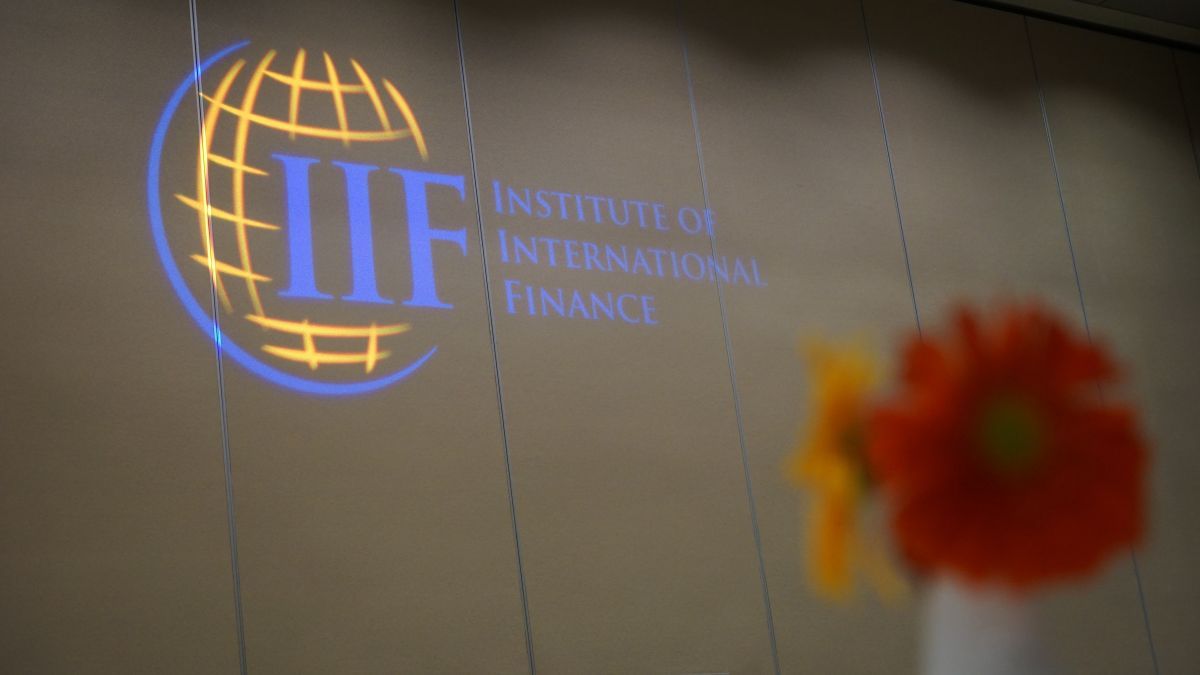The stock markets have been climbing since October and despite the recent fall they seem to be recovering, which it intones the almost blind confidence of investors in the continuity of the growth scenario, a painless fall in inflation and a smooth sequence of rate cuts by central banks. However, this so-called scenario of “goldilocks” In financial jargon, it shows some cracks, generating concern in the market.
It is worth remembering that the expression “goldilocks” comes from the popular English story “Goldilocks and the three bears” and points to a situation in which the economy would be at an ideal point of growth, neither too strong nor too weak. The scenario would be, in theory, an economy at full employment, with low inflation, neutral interest rates and economic growth neither too high to generate inflationary pressures nor too low to fall into a recession.
Today we are still far from containing inflation and having neutral interest ratesDespite this, the encouraging start to the year made the market redouble its bet on the “goldilocks” scenario. The bet is to have more manageable inflation at the end of the year, which would leave room for central banks to begin cutting rates towards neutrality. Meanwhile, The economy remains afloat, avoiding recession and with a labor market without too much pressure. In other words, a scenario in favor of the markets.
But from the Bank of America (BofA) bunker, certain warnings were issued about this panorama through the latest strategy report, which warns that the market values macroeconomic perfection but the reality is more complicated. For BofA strategists, the stock markets face three challenges that are already causing cracks in the goldilocks story, and that depending on how they are resolved will affect equities in one way or another. What are the challenges that stock markets face?
The three challenges that stock markets face
On the one hand, a more complicated inflation outlook. After three months of bullish inflation surprises, the US personal expenditure price index (core PCE) rebounded to almost 3% on a six-month annualized basis, when at the end of 2023 it was lower than 2%. It is worth remembering that the PCE is what guides the Fed’s decisions. In relation to this, The BofA now expects only one Fed rate cut this year, while the market still estimates around two.
They explain that indicators of supply chain stress point to little risk of a sustained rebound in inflation, but given that the Fed needs enough data to be confident that inflation will return to its target, the market could take time to value a new moderate attitude and, therefore, the relief that a lower discount rate would bring to equity markets.
The second front is the rising geopolitical tensions. The bank’s strategists point out that a significant increase in tensions in the Middle East increases the risk of an energy shock, which for example could bring renewed inflation pressures and weaker growth to Europe. This scenario, they argue, would also likely cause an increase in economic uncertainty, which would affect stock multiples.
Although BofA experts recognize that an increase in geopolitical tension is not part of the base scenario, they also realize that it could pose clear downside risks in the event of a further escalation.
The third challenge is the burden of a restrictive monetary policy. The market consensus has left behind the downward macroeconomic risks associated with a restrictive monetary policy, but according to the BofA’s view this is too optimistic. They explain that restrictive monetary policy normally affects the economy with a delay, so that the usual delays would imply increasing obstacles to growth and increasing pressure on the labor market for the second half of the year, which already projects a deterioration in demand according to the NFIB US Small Business Survey
That is why BofA is negative, for example, on European equities and European cyclicals versus defensive ones. “While a further rise in inflationary pressure in the US or tensions in the Middle East could put further downward pressure on equity multiples in the near term, “The main risk factor is a further weakening of growth momentum.”they maintain.
In this context, they highlight that all the typical indicators of imminent economic problems are present, such as aggressive monetary tightening that arrives late, little remaining spare capacity (with the US unemployment rate below 4%) and a curve inverted American yield.
Source: Ambito
I am a 24-year-old writer and journalist who has been working in the news industry for the past two years. I write primarily about market news, so if you’re looking for insights into what’s going on in the stock market or economic indicators, you’ve come to the right place. I also dabble in writing articles on lifestyle trends and pop culture news.




